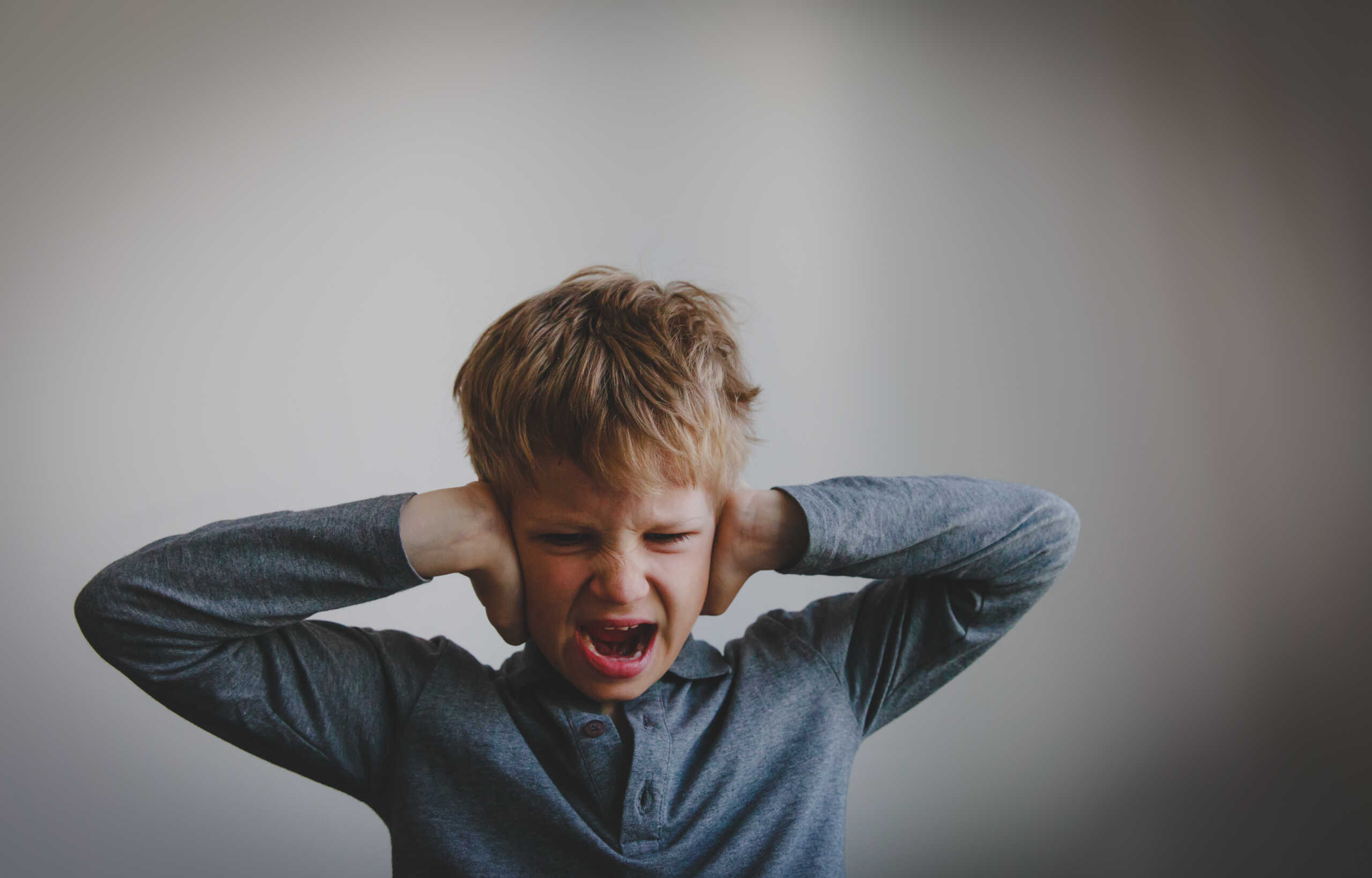Blog

Brecksville ABA Therapist Insight: Autism and Self-Injurious Behavior
Self-injury isn’t a symptom of autism, strictly speaking. However, as a Brecksville ABA therapist can tell you, it’s certainly a common issue for many families of children on the spectrum. We’re familiar with the fact that certain symptoms, comorbidities and situations related to ASD can result in a penchant among people with autism to engage in self-injurious behaviors.
Not only are self-injurious behaviors alarming to parents and caretakers, they can be debilitating for your child and, in some cases, lead to serious medical injuries.
As ABA therapists, we look at treating the underlying issues, examining why it’s happening and helping the child learn alternative coping and communication skills that will help them avoid acts of self-injury and mitigate the long-term effect of this kind of behavior.
Identifying Self-Injurious Behavior
Almost one-third of 8-year-olds with autism engage in some form of self-injurious behavior, according to a study published in the Journal of Autism and Developmental Disorders.
Self-injurious behaviors can include:
- Head-banging
- Arm or hand-biting
- Slapping
- Hair pulling
- Pinching
- Excessive rubbing
- Biting
- Skin scratching or picking
Depending on the child, self-injurious behavior can be either episodic or highly repetitive. In either case, it’s important to work with your Brecksville ABA therapist to help determine both why it’s happening and formulate behavior-based strategies to manage the incidents when they occur and, if possible, prevent it from occurring.
Why Do Some Kids With Autism Engage in Self-Injurious Behavior?
Addressing self-injurious behavior with a child on the autism spectrum means understanding why it’s happening. As behavior analysts, we will look carefully at the function of the behavior. Some children hurt themselves because they are suffering some type of physiological pain. Others may do it to gain attention.
Lots of people look at self-injurious behavior in terms of the effects. As behavior therapists, we look at it in terms of why it’s happening. Sometimes, self-injury starts as an accident that is then inadvertently reinforced (through attention, avoidance, etc.). At that point, it becomes a learned behavior. Sometimes, it’s a means of communication. They could be saying, “I’m scared, I want to leave,” or “Look at me! Pay attention to me!” or “My head is hurting, and it feels better when I smack it.” In other cases, it’s a form of stimulation. Self-injury can be a way to increase or decrease one’s level of arousal.
It’s critical to determine the function because that will allow us to figure out how best to respond. Once we know the function, we’ll look carefully at the triggers. When we know what triggers an episode of self-harm, we can help strategize on proactive steps to take to avoid those triggers. We’ll also help parents figure out how best to respond to a behavior as it’s happening to minimize the harm and curtail the episode.
Your child’s ABA treatment plan should incorporate a response to these challenges.
How Can a Brecksville ABA Therapist Help?
The worst thing to do when it comes to self-injurious behavior is nothing. It’s important that if you’re not already receiving behavioral intervention for your child on the spectrum that you make it a priority to do so as soon as possible. Ideally, we can address the issues that might lead to self-harming behaviors before they start. But if they’ve already started or arise during the course of treatment, they must be immediately addressed.
As a parent, witnessing this kind of behavior can be very scary. Our team of qualified behavioral analysts at Therapy & Wellness Connection are committed to helping individuals and families deal with these kinds of serious issues.
What we must all recognize is that kids with autism who engage in self-injury aren’t doing it to be “bad.” Whatever they are attempting to communicate is real to them, and when the behavior achieves the desired result, they keep doing it. We help by determining what they are getting out of it and then finding alternative, healthier behaviors to meet that need.
If the child is engaging in self-injury because of anxiety in a certain social situation, we can develop social stories that can help the child prepare for the interaction and ease transitions. It also gives the child an opportunity to communicate their needs and preferences before they find themselves in a state of extreme anxiety. Social stories help make these scenarios more predictable, which can eliminate a significant trigger.
We can also work to help the child put words to what they’re feeling or what they need. If the motivation is escapism, we can give the child words or signs to use to communicate that need in a way that is both safe and empowering.
Once we understand the cause of the behavior, we will work diligently with you to help address it. Our experienced, compassionate team of Brecksville behavior therapists understands the challenges your family is facing with self-injurious behavior, and is dedicated to helping you address it safely and effectively.
Therapy & Wellness Connection – your connection to a life without limitations – provides ABA therapy to children in Cleveland, Brecksville-Broadview Heights, Akron and surrounding communities. We also offer summer camp, day programs, homeschooling, alternative schooling, virtual therapy and education, vocational counseling and more. Call us at (330) 748-4807 or send us an email.
Additional Resources:
Understanding and Treating Self-Injurious Behavior, By Stephen M. Edelson, PhD, Autism Research Institute
More Blog Entries:
ABA Therapy Insight: Differential Reinforcement, Explained, Dec. 15, 2020, Brecksville ABA Therapist Blog
